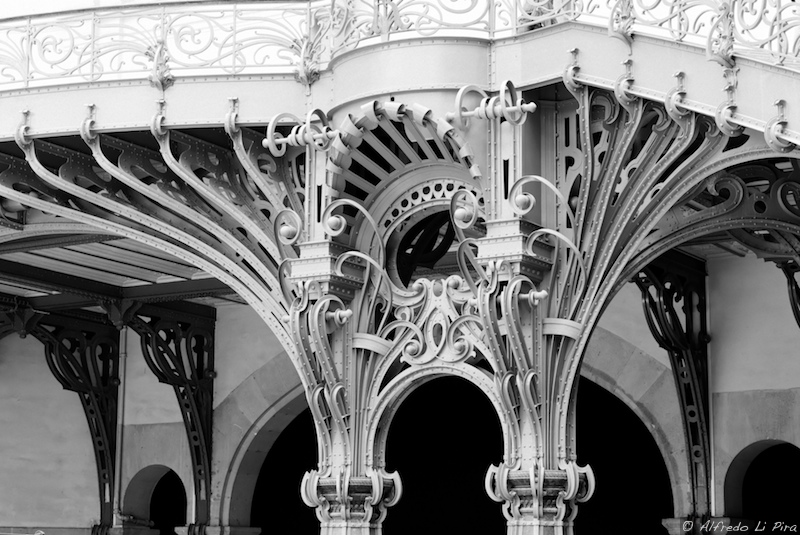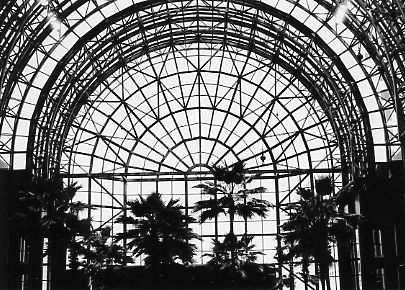I was recently talking with my friend, David Diehl about my digital civilization class. In class we began discussing the industrial revolution. As part of the revolution we quickly discussed The Great Exhibition in England.
The Great Exhibition is a great symbol of the industrial revolution. Even the building the exhibition was housed in is a symbol/ product of the revolution. Because I like architecture I wanted to learn more about the building, which was nicknamed, The Crystal Palace.
I wanted to learn more about The Crystal Palace because I read a little from my wife's art textbook earlier this summer about the huge impression the building had on the time period.
First a little background. The Great Exhibition was organized by an inventor Henry Cole (credited with designing the world's first stamp) and Prince Albert (the spouse of Queen Victoria). If you can picture the setting. It is the mid-1800's the British Empire is at the height of its power, they have succeeded in creating the worlds largest empire with the world's finest navy.
Society and technology begin to advance and the industrial revolution is born. France has just held their own version of the Great Exhibition and now, not to be outdone by their rivals across the water, England decided to host their own Exhibition.
However, this can't just be a plain 'product launch' of the new technology that is starting to pop up around the globe. This has to be THE event of the decade. Prince Albert wants to throw the biggest, newest, most all inclusive technology party ever conceived of. Countries from all over the world would send their inventions to the fair to show off their intellectual abilities. And conveniently at the forefront will be the amazing new technology that England has invented. Showing not only their geographical dominance but technological preeminence as well.
To house this great event they recruited Joseph Paxton to design it and Charles Fox as the structural engineer. Paxton was a gardener and had experience building greenhouses, so he applied that knowledge to The Great Exhibit. The building was a huge success and an architectural marvel. It was made possible by the use of a new metal alloy - cast iron. Today, we are most familiar with cast iron in the shape of skillets and dutch ovens, but at the time, cast iron was incredibly strong and durable compared to the other building materials available. In the 1800's everyone wanted to use this fascinating metal. That is why a lot of the Victorian-era houses have cast iron fences on the roof and wrought iron decorations that look like lace around archways and entrances to buildings.
The building was almost made exclusively of cast iron and glass, which the light weight combined with the strength of the new metal allowed it to be huge! The building was 1848 feet long and 454 feet wide. It was so big that not only did it hold all the exhibits from around the world but had enough space to bring in trees and statues (another display of the industrial revolution ideal that man can control nature).
The exhibit was a huge success and was open for five and a half months in 1851, from May 1st to October 15.
Interestingly enough, not everyone was thrilled with the Exhibit. Karl Marx said the exhibition was a blatant show of capitalism.
Another interesting fact is that the Eiffel Tower can be viewed as France's response to the great exhibition by holding the World's Fair in 1889.




The women's restroom doesn't have a T.V....
ReplyDeleteHave to say I love the link to Dave's profile.
ReplyDelete